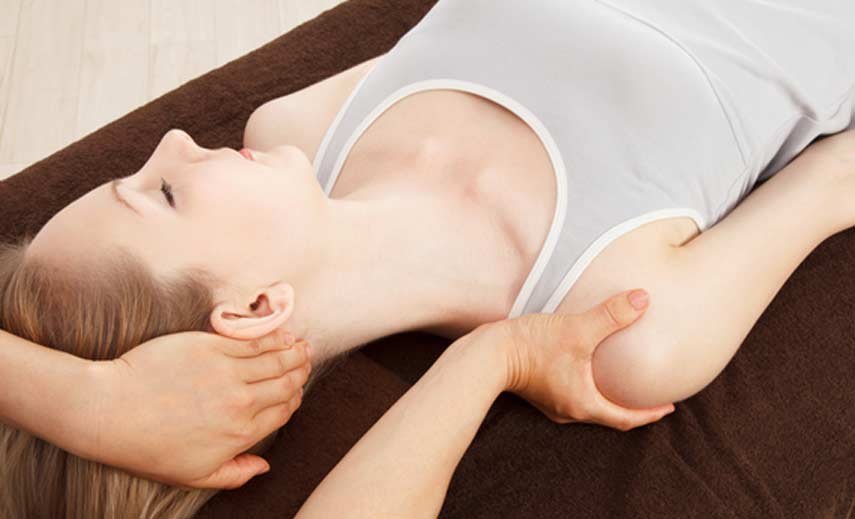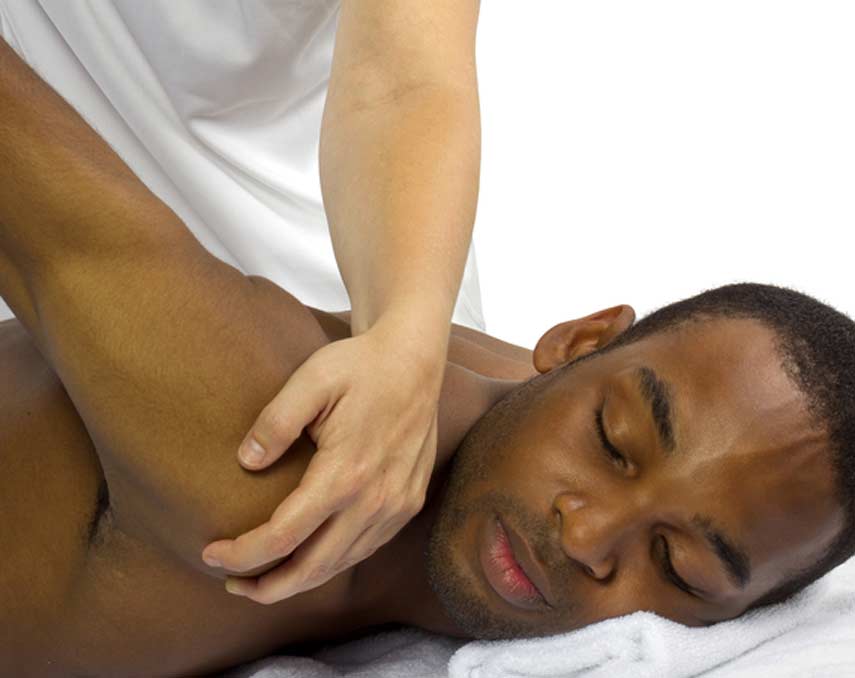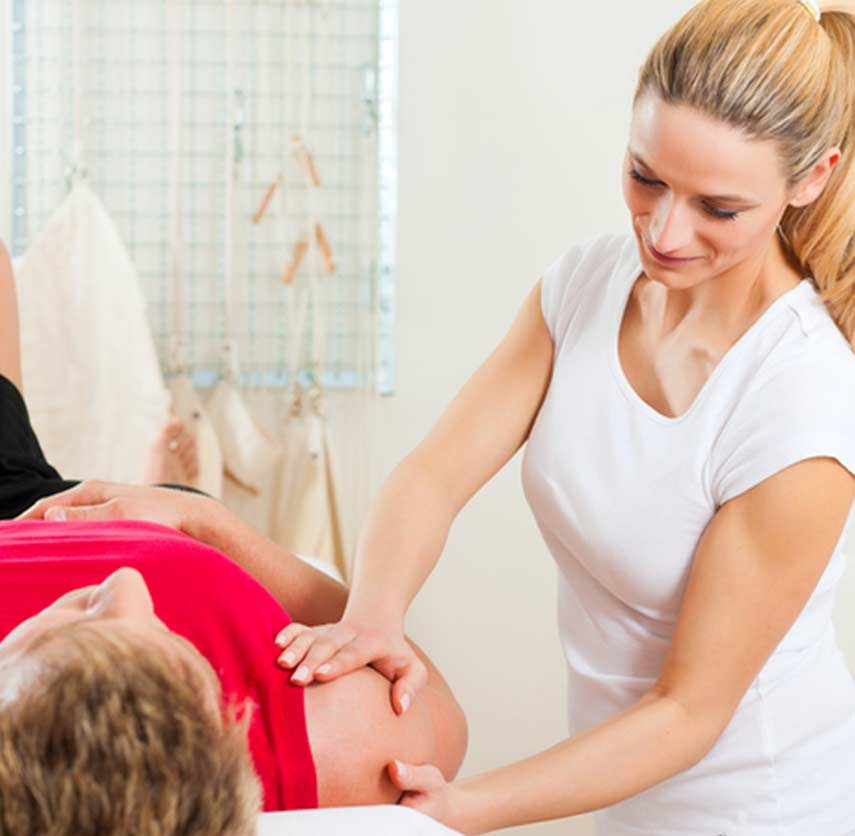
The “physical” part of physical therapy often involves exercises designed to help you regain soft tissue and core muscle group strength.
Before any type of strength exercises are recommended, you’ll likely be evaluated based on factors such as existing muscle strength, balance, flexibility, and range of motion. Joint mobility, pain levels, and neurological functions are also commonly evaluated.
Once this has been done, your PT plan may include some of the strength exercises discussed below.
Spine-Related Strength Exercises
The spine is one of the most common areas affected by injuries. Specifically, it’s often the lower back that’s affected by overextended, weak, or tense muscles. This is also a part of your body that’s supported by many core muscle groups. For this reason, strength exercises for the spine often focus on muscles that either directly or directly support your backbone. Strength exercises that can be good for your lower back and other parts of your spine include:
- Wall sits
- Hamstring and abdominal stretches
- Partial crunches
- Press-up back extensions


Upper Body Strength Exercises
Neck pain, rotator cuff injuries, shoulder impingement, and carpal tunnel syndrome are among the types of injuries that can affect your upper body area. Strength exercises for your neck can be as gentle as chin tucks and side-to-side neck turns. You may also be advised to try the prone cobra, a yoga-based move that targets the shoulder girdle, neck, and upper back.
A simple strengthening exercise that involves placing yourself against a flat wall and stretching your arms outward (“back burn”) can target upper back muscles. Wrist flexes and extensions may help strengthen muscles in wrists affected by carpal tunnel syndrome. A rotator cuff and shoulder conditioning PT program may include:
- Forward leans on a counter or table to target muscles that include deltoids, supraspinatus, infraspinatus, and subscapularis
- Crossover arm stretches to target the back of the shoulder
- Passive internal rotation to stretch and strength muscles in the front of shoulders
Lower Body Strength Exercises
Muscles that support the hips, knees, and ankles are usually targeted with lower body strength exercises. Isometric and range of motion exercises may help you climb stairs and walk with more balance and coordination if you are recovering from a knee injury. Quad and hamstring sets and bridging and straight leg raises are among the exercises that can effectively stimulate and strengthen knee-supporting muscles, tendons, and ligaments.
Non-weight bearing plantar bends, toe inversions, and ankle-to-shin bends may be recommended if there is a need to isolate and strengthen ankle muscles. Hip, knee, and ankle muscles may be simultaneously targeted and strengthened with balance exercises, some of which include:
- Knee lifts
- Back kicks
- Heel raises
- Single leg stands
When performing any type of physical therapy strength exercises while recovering from personal or work-related injury, it’s important to maintain proper posture and alignment. Aside from preventing new injuries, doing so can also make it easier to isolate certain muscle groups that need to be strengthened and stimulated. After you see the desired results from PT strength exercises, you’ll likely be encouraged to continue getting regular exercise on your own time to reduce your risk of re-injury.

